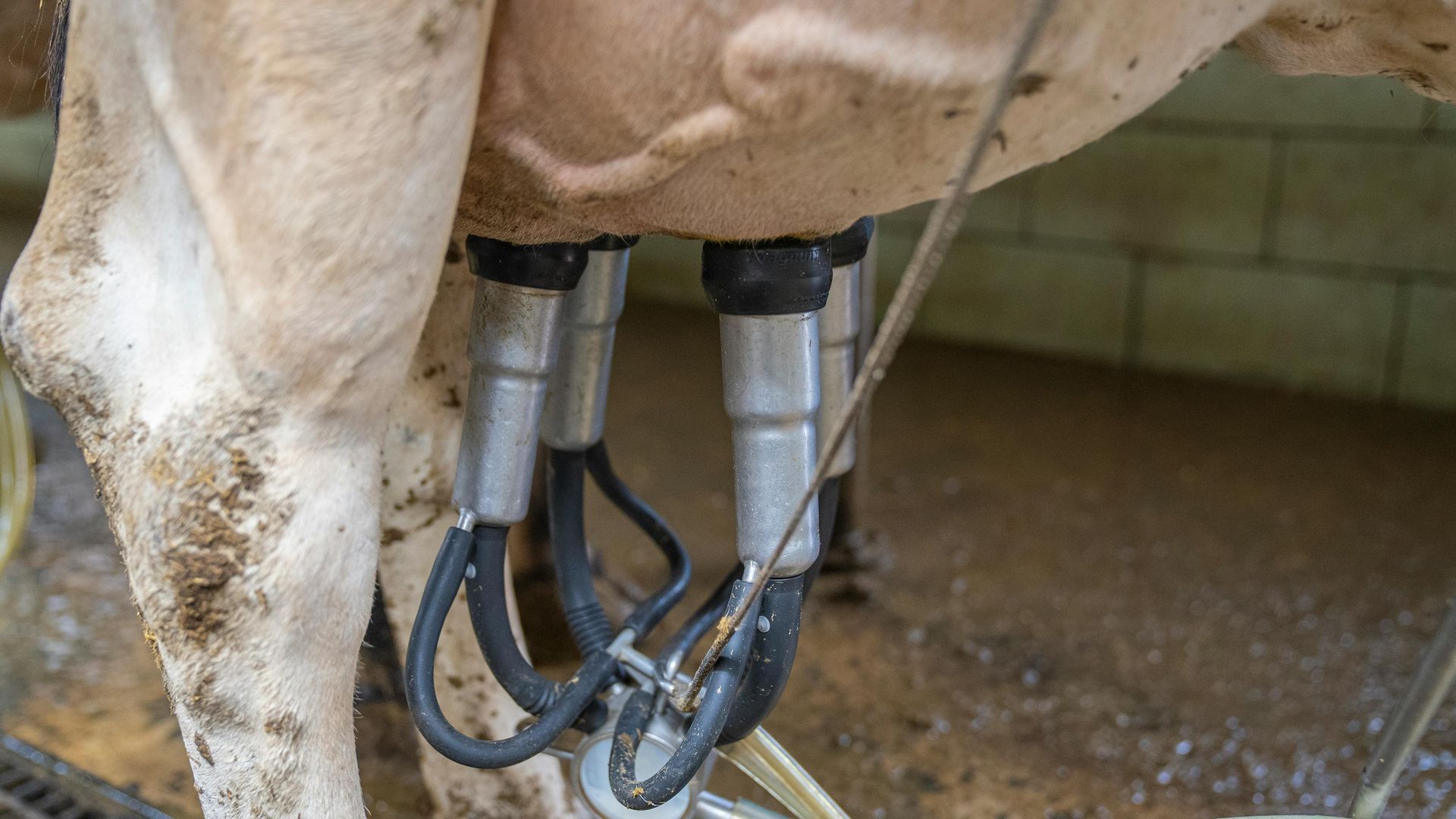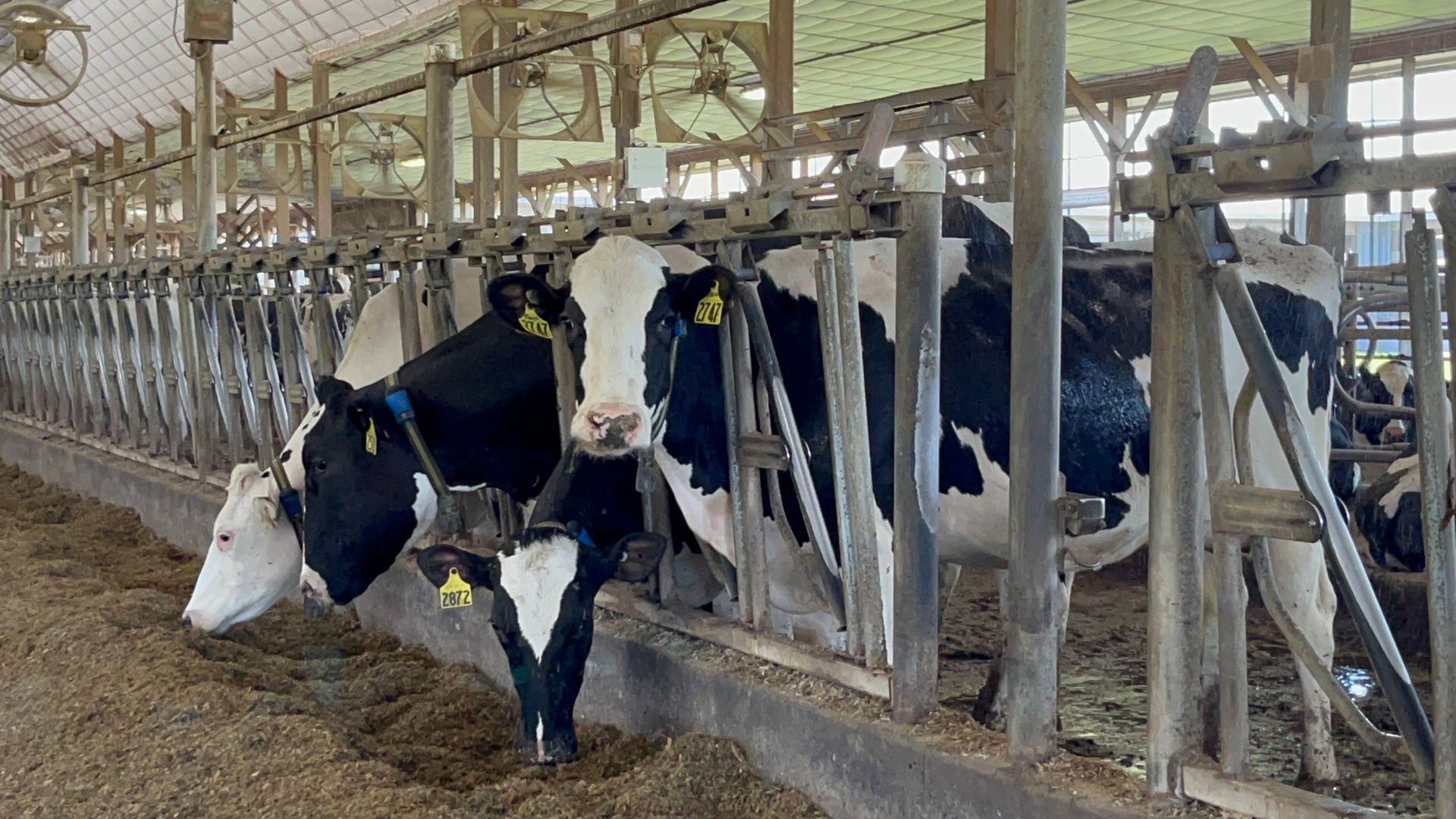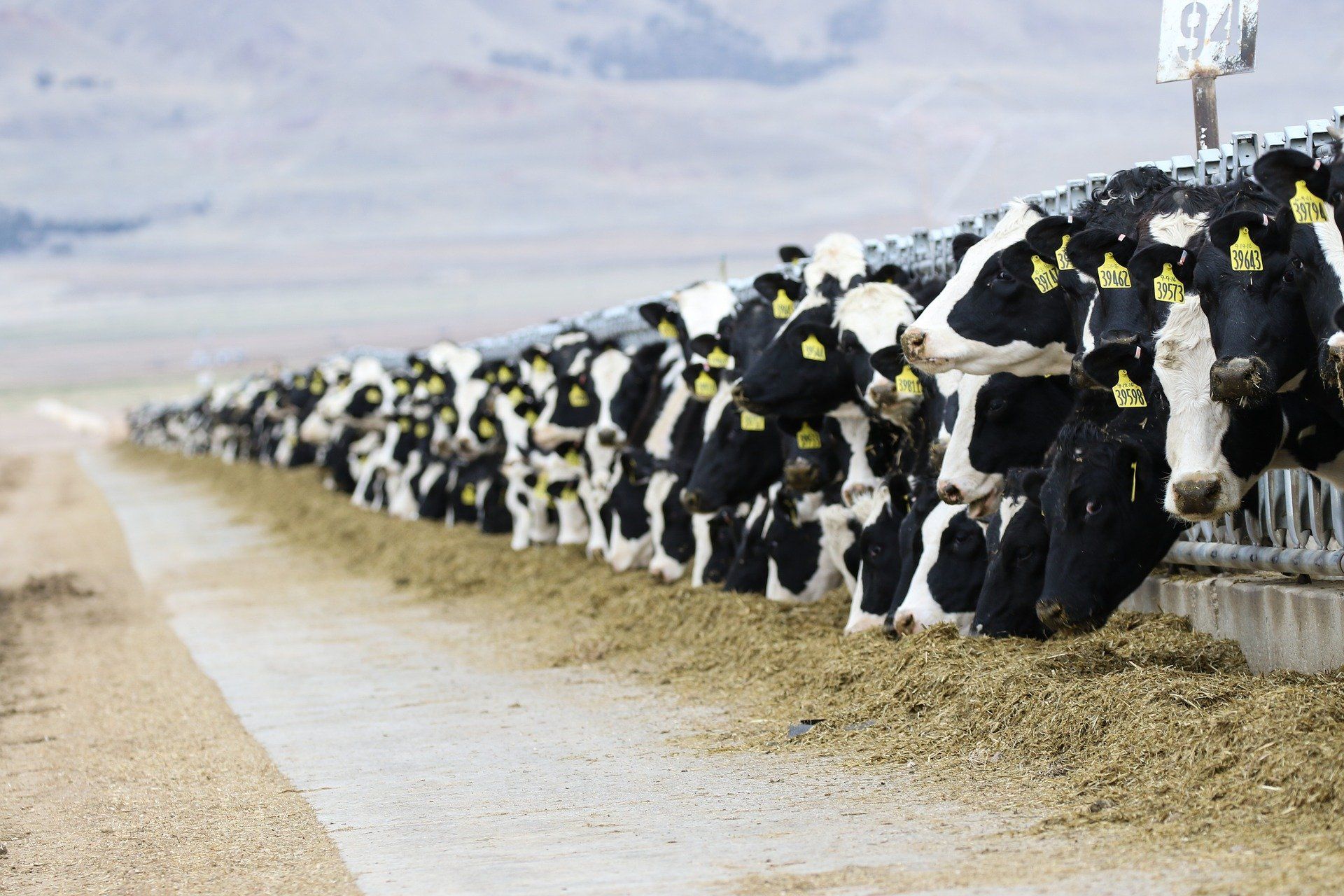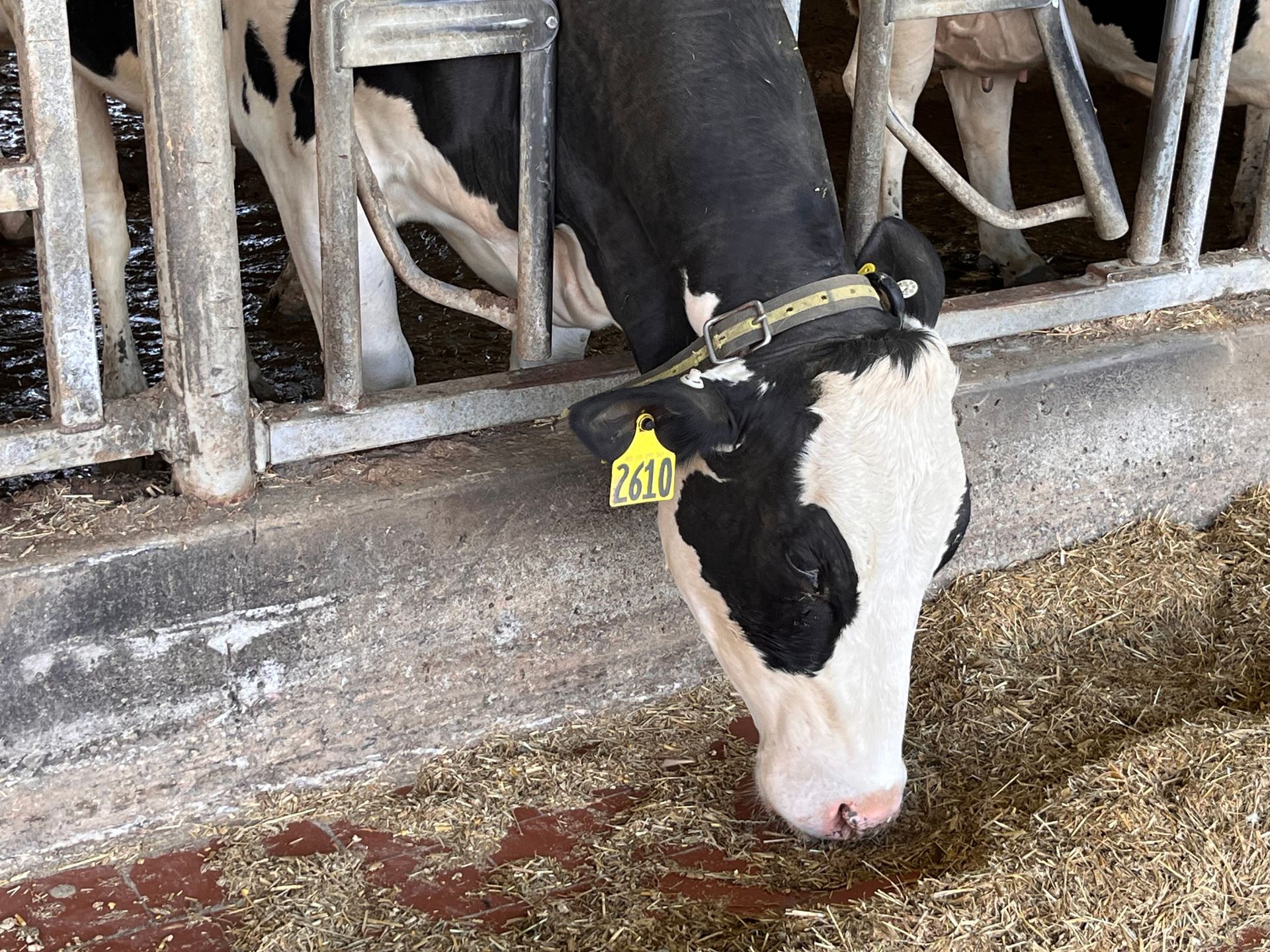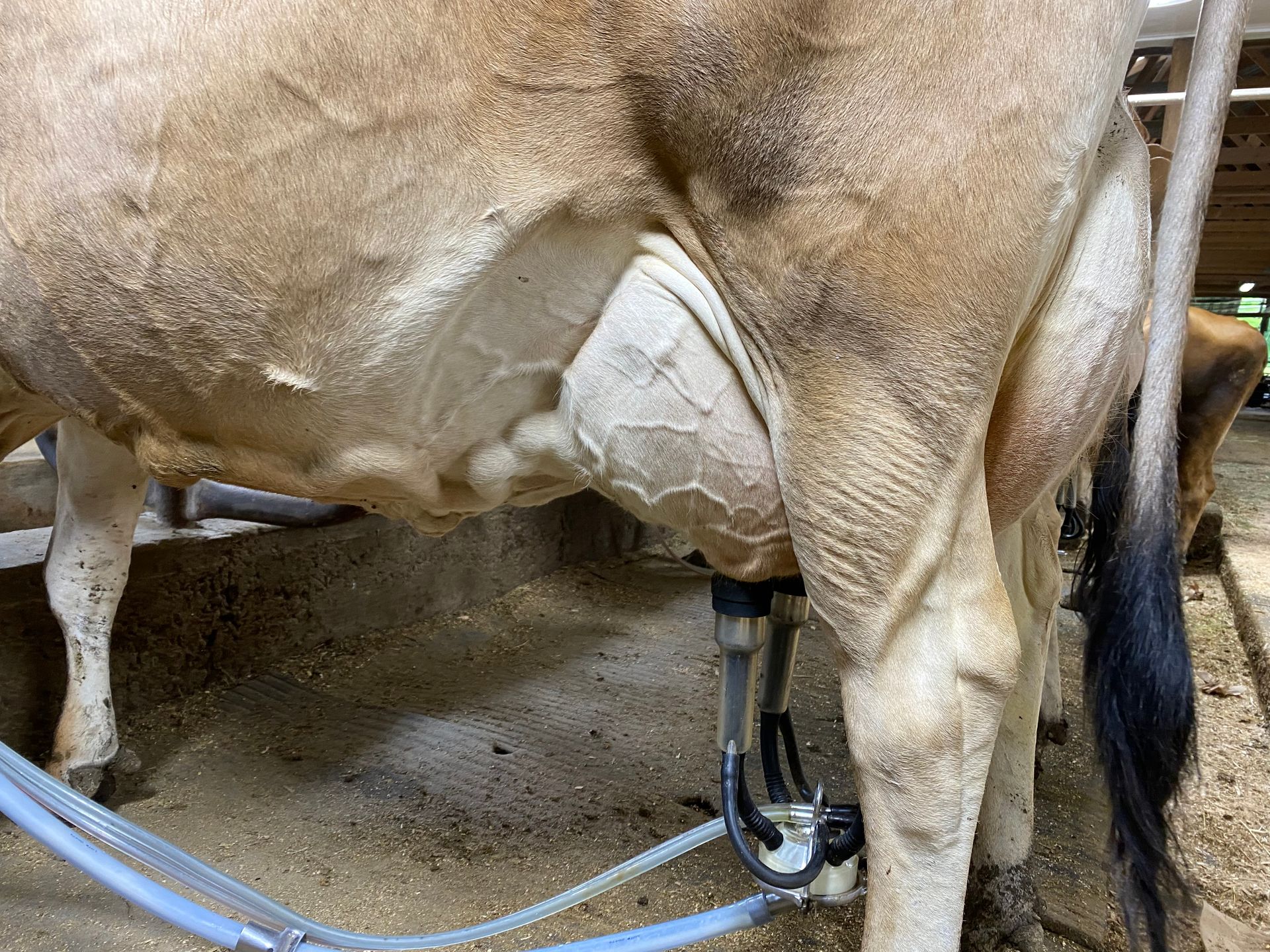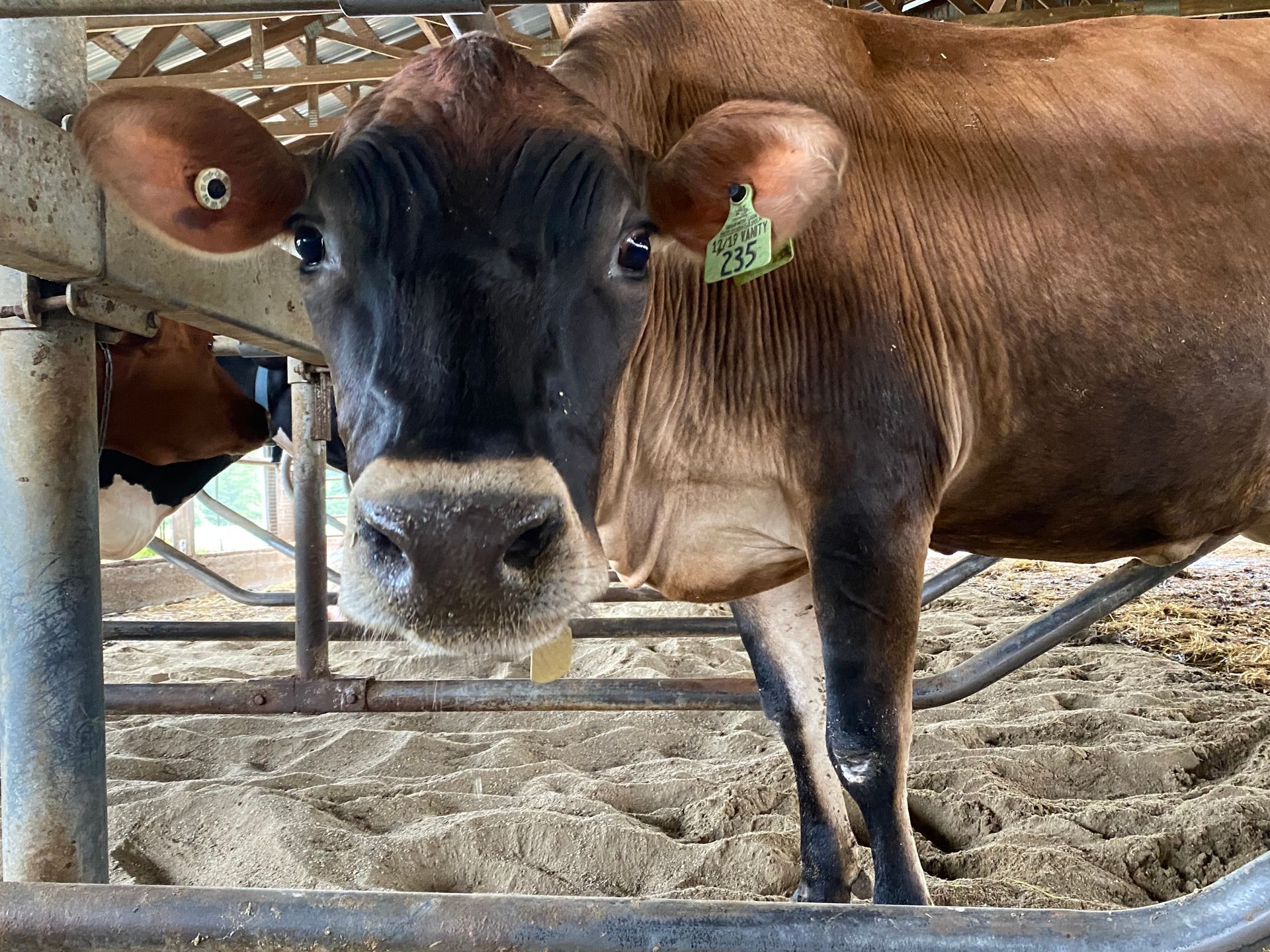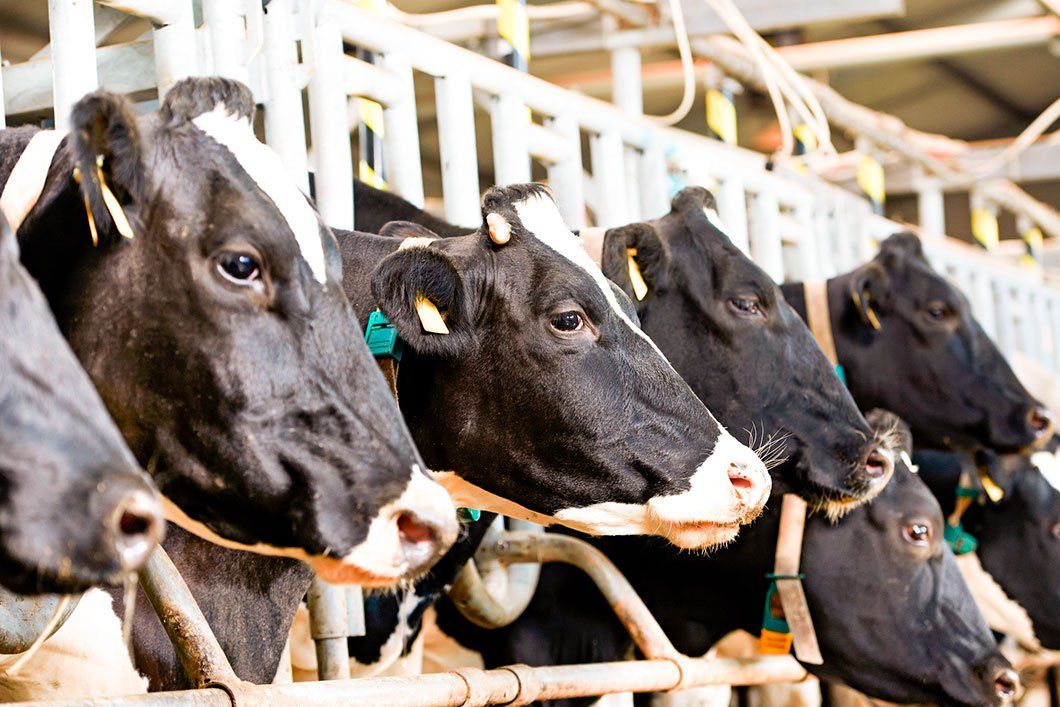3 Tips to Help Farmers Reduce Antibiotic Usage Through SDCT

Antibiotics are fundamental to modern medicine and are used in farm animals to treat infections, similar to human medicine. However, their overuse, particularly in the U.S. where over 70 percent of antibiotics are administered to livestock such as cattle, has raised significant concerns. Often given as a preventative measure rather than strictly for treatment, this practice contributes to antibiotic resistance in livestock. This resistance poses health risks to humans, as consuming meat or milk from these animals can transfer antibiotic-resistant bacteria, potentially affecting human health.
Many dairy farms are adopting selective dry cow therapy (SDCT) to reduce broad-spectrum antibiotic use, treating only cows with confirmed intramammary infections. Traditionally, antibiotics were given to all cows at dry-off, regardless of infection status. In 2022, the European Union (EU) banned blanket dry cow therapy and adopted SDCT to minimize antibiotic use. A 2021 systematic review and meta-analysis showed that SDCT could reduce antibiotic use at dry-off by 66%.
Although selective dry cow therapy (SDCT) appears to be a promising alternative, it requires significant patience and commitment. One major challenge is finding an effective method to identify cows with subclinical infections. On many farms, the California Mastitis Test (CMT) is the standard procedure for detecting mammary infections. While CMT is useful for identifying clinical cases, it may not be the most accurate tool for detecting subclinical infections. Studies, such as those by Middleton et al. (2004), have shown that CMT has only a 70% sensitivity rate. This means that some cows may be misdiagnosed, potentially impacting the success of the SDCT program.
This is where Labby can assist farmers in implementing the SDCT program and further reduce antibiotic usage:
- Provides instant, onsite somatic cell count (SCC) measurements with lab-level accuracy, enabling farmers to detect both clinical and subclinical mastitis.
- Offers direct SCC ratings and mastitis risk scores for each cow, assessing mastitis incidence rates at both the individual and herd levels. Labby not only delivers numbers but also actionable data insights. For instance, farmers can receive real-time alerts for cows at high risk of mastitis, facilitating early intervention and precise treatment.
- Delivers real-time SCC results in just 10 seconds and offers historical, trackable SCC data. This allows farmers to create a comprehensive database for each cow, monitor SCC trends in the herd, and reduce the risk of chronic mastitis.
With Labby’s support, the prudent use of antibiotics can shorten treatment duration, reduce labor and antibiotic costs, and decrease the likelihood of pathogen resistance. This can help minimize the economic impact of mastitis on your dairy operation.
To learn more about Labby, please click here.
Works cited:
Lago, A., Godden, S. M., Bey, R., Ruegg, P. L., & Leslie, K. (2011). The selective treatment of clinical mastitis based on on-farm culture results: I. Effects on antibiotic use, milk withholding time, and short-term clinical and bacteriological outcomes. Journal of Dairy Science, 94(9), 4441-4456.https://doi.org/10.3168/jds.2010-4046
Behind The Bench Staff. (2023, July 17).Mastitis is the #1 reason dairy cows are treated with antibiotics. Thermo Fisher.
National Geographic Society. (2023, October 19).Antibiotic resistance is beefing up. In T. Brown (Director), G. Borgia, J. Sullivan, S. Appleton, & M. Willis (Production Managers & Program Specialists), National Geographic Society.
Middleton, J. R., Hardin, D., Steevens, B., Randle, R., & Tyler, J. W. (2004). Use of somatic cell counts and California mastitis test results from individual quarter milk samples to detect subclinical intramammary infection in dairy cattle from a herd with a high bulk tank somatic cell count. Journal of the American Veterinary Medical Association, 224(3), 419-423. https://avmajournals.avma.org/view/journals/javma/224/3/javma.2004.224.419.xml

